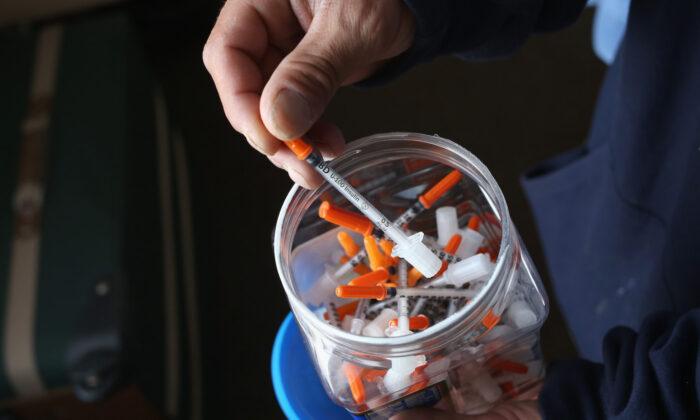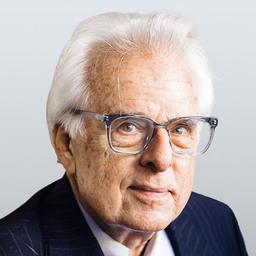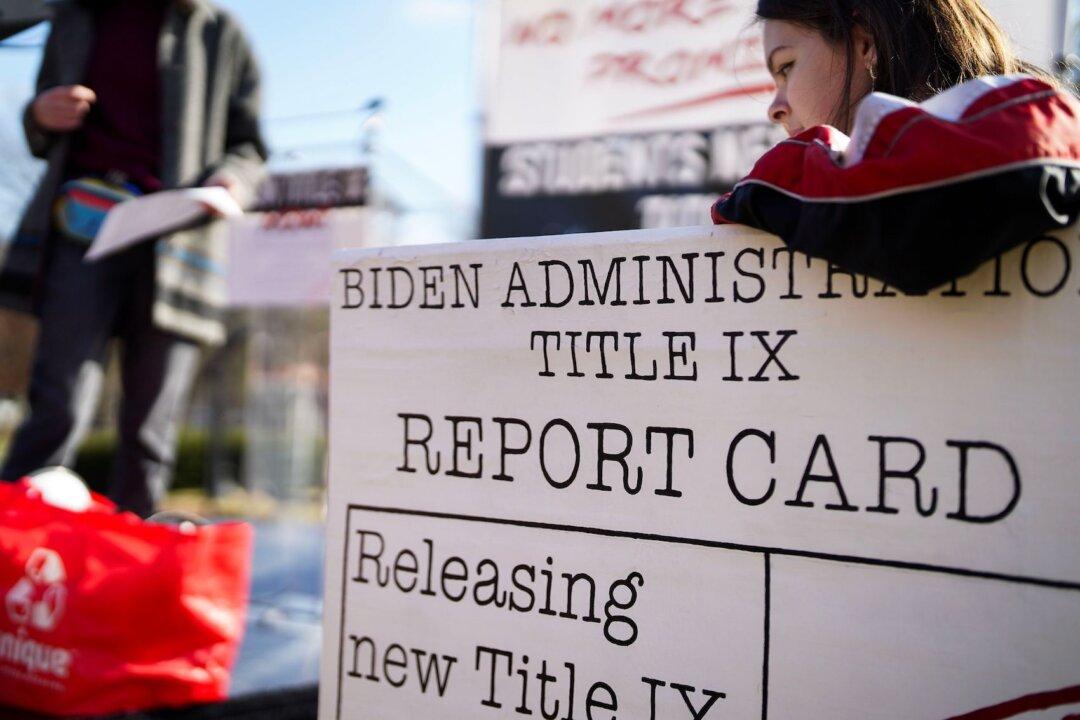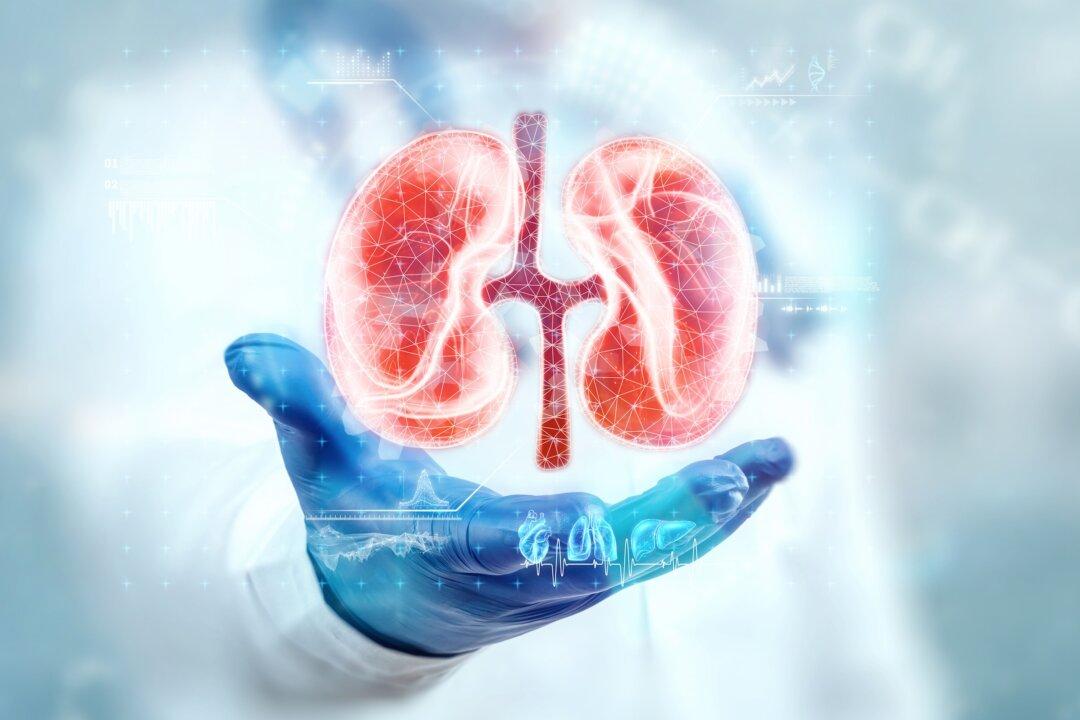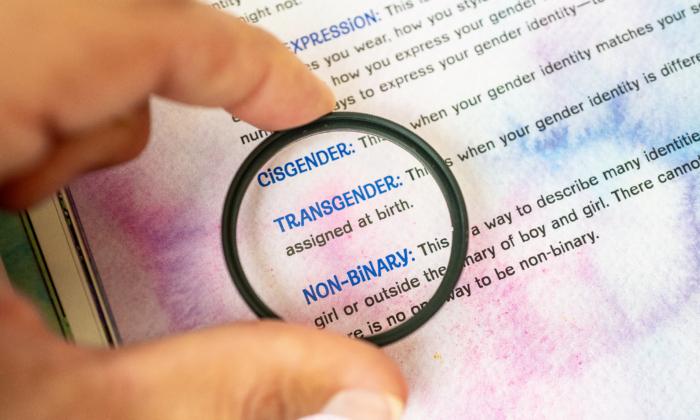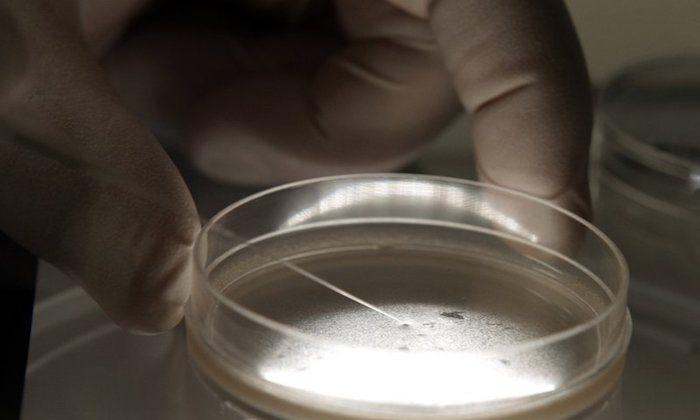President Joe Biden should change his name to “President Woke.” In the newest example of his administration’s hard-left governing philosophy, it had planned to offer nonprofits federal grants to give drug paraphernalia to addicts, an idea that goes under the name “harm reduction.”
What are those?
“These kits will provide pipes for users to smoke crack cocaine, crystal methamphetamine, and any illicit substance," a spokesman for the Department of Health and Human Services (HHS) told Hauf.
In other words, your tax money would have been used to help the addicted to satisfy their cravings with some of the worst and most dangerously addictive drugs money can buy.
“They were never a part of the kit,“ Psaki said. ”It was inaccurate reporting.”
Swell. Even if Becerra is telling the truth, some of that isn’t much better. Giving syringes away leads to greater drug use and neighborhood degradation. I’m all for wound care supplies and vaccinations. But what does that say about the sad lives of the people receiving the supplies? Addicted people need structured rehabilitation and focused encouragement to clean up their lives much more than they need safe sex kits.
That’s the good news. But such dissipation enabling programs continue at the local level. Moreover, “harm reduction” initiatives usually don’t represent the ceiling of enablement, but the launching pad for ever-more extreme facilitation of destructive behaviors.
Take the HIV-preventative plan that San Francisco pioneered in the 1990s known as “needle exchange.” The idea seemed sound enough. The then-raging HIV epidemic was spread, in part, by addicts sharing needles. To prevent this form of transmission, the exchange program allowed those who took injection drugs to obtain clean needles without cost—but it also required something in return. To get new needles, users had to exchange their used supply, needle-for-needle.
Indeed, supplying drug paraphernalia to addicts is particularly harmful to the homeless.
“Name me one 12-Step program that encourages people to get high,“ said Jim Palmer, president of the Orange County Rescue Mission, an organization dedicated to helping people kick addictions and get off the streets. ”Harm reduction doesn’t improve lives. Instead, it lets people who are addicted kill themselves by offering them the means to do it. It’s mind-boggling.”
Addiction enablement also harms society, according to Palmer.
“We give them the pipes; we give them the needles,“ he said. ”You are making them believe it is okay to continue in this mode and take drugs—which they often pay for by stealing.”
No wonder some of the very cities offering harm reduction are in the throes of mutually reinforcing homelessness and shoplifting crises.
Here’s the bottom line: Giving addicts the pipes with which to smoke meth or crack and needles for shooting up—and even providing safe spaces in which to get high—doesn’t help people overcome their addictions. Rather, it furthers their disfunction, dissipation, and degeneration in a downward spiral of misery that not only harms the individuals who are addicted, but also degrades the communities in which we all live together.
